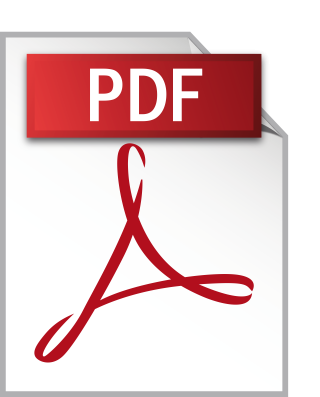 OSNATIFY: Outpatient Department Management System with API Integration for Predicting Diagnosis Based on Symptoms for OSNA
OSNATIFY: Outpatient Department Management System with API Integration for Predicting Diagnosis Based on Symptoms for OSNA
by Outpatient Department Management System With Api Integration; Nelwin Digma Rosales; Gaimar Cruz Mendoza; John Paul Lopez Bautista • 2024
The OSNATIFY: Outpatient Department Management System with API Integration for Predicting Diagnosis Based on Symptoms for OSNA is designed to enhance patient record management and outpatient department processes. By using an online platform, it reduces reliance on traditional methods and decreases patient wait times. The study employed a descriptive development method to assess the system's real-time patient status updates and predictive diagnosis features. Participants, including Admins, Doctors, OPD Clerks, Patients, and IT Experts, evaluated the system's usability through structured questionnaires. Results showed that OSNATIFY improves patient record and prescription management, featuring an intuitive user interface with search and filter functions. Participants reported overall satisfaction with data accuracy and accessibility, with the data of overall agreement of the respondent. The General Weighted Mean of 3.93 confirms overall agreement that the system meets essential criteria for performance, reliability, and security, making it a dependable solution for OSNA.
